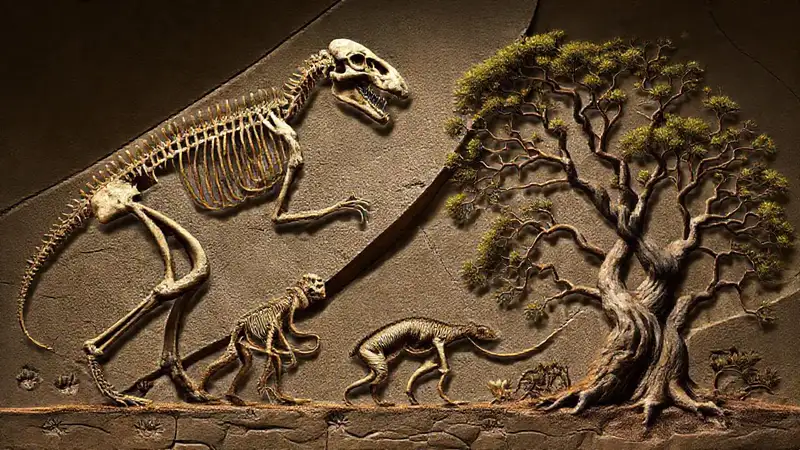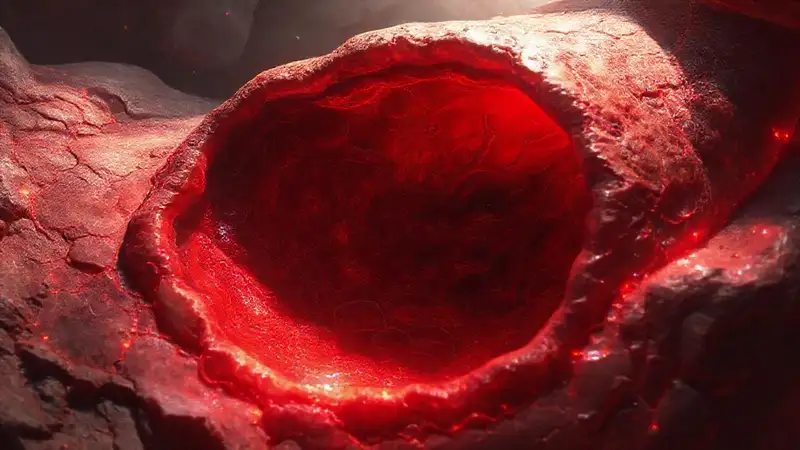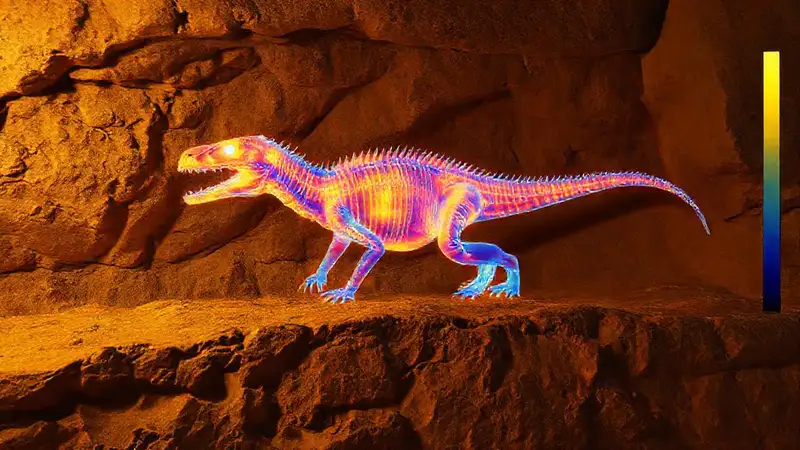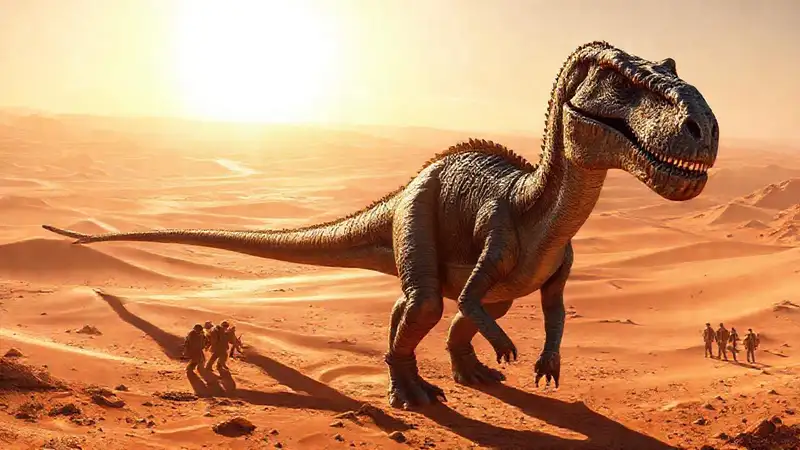The enigmatic world of dinosaurs continues to fascinate paleontologists and researchers, prompting a renewed interest in understanding their physiology. Beyond simply reconstructing their appearances and behaviors, the pursuit of how dinosaurs lived – particularly their energy budgets – offers crucial insights into their evolutionary history and ecological roles. Traditional depictions often focus on sheer size and physical strength, but a more nuanced approach considers the metabolic demands underpinning these characteristics, including the role of heat. Investigating metabolic rates and how they were affected by various factors provides a pathway to comparing dinosaurs to their avian relatives and potentially even reconstructing the lifestyles of extinct mammals.
Understanding dinosaur metabolism is a complex challenge, compounded by the scarcity of direct, preserved data. Instead, scientists rely heavily on biomechanical models, fossil evidence, and comparisons with living animals – primarily birds, which are widely accepted as the direct descendants of dinosaurs. The question of how metabolic efficiency evolved in dinosaurs – and whether intelligence played a part – is a central theme in this research, forcing us to confront the relationship between brain size, activity levels, and energy expenditure.
Measuring Dinosaur Metabolic Rates
Determining the metabolic rates of extinct animals is notoriously difficult. Direct measurement, like measuring respiration rates on a living animal, isn't an option. Instead, paleontologists employ various indirect methods, including examining bone histology – the microscopic structure of bone – to assess growth rates and activity levels. High bone growth rates typically indicate higher metabolic demands and more active lifestyles. Similarly, the thickness of bone shafts (cortical bone) can provide clues about the animal's stress levels and energy allocation – thicker bone generally implies greater metabolic requirements and potentially greater demands for calcium deposition. These techniques, however, are inherently limited and subject to interpretation.
Another approach is using phosphate analysis on fossil bones. The amount of phosphate reflects the metabolic activity of the animal during its lifetime and its growth rate. The analysis can sometimes be correlated with the animal’s environment and activity level. However, factors such as diagenesis (alteration of the bone after burial) can introduce errors and uncertainties into the phosphate measurements. Recent advances in geochemical techniques, like stable isotope analysis, are starting to provide more precise data on metabolic pathways, giving us a more robust understanding of dinosaur energy budgets.
The Role of Body Size and Shape
A fundamental principle in understanding animal metabolism is the relationship between body size and metabolic rate. Larger animals generally require more energy to maintain their tissues and functions than smaller animals. However, this relationship isn’t always linear. Dinosaur body shapes – particularly the robustness of the limbs and the overall body plan – significantly influenced their metabolic needs. For example, the massive, heavily built limbs of sauropods suggest a need for considerable energy to support their weight and power their locomotion.
Conversely, ornithomimids, with their slender limbs and lightweight skeletons, likely exhibited a different metabolic strategy, prioritizing speed and agility. The shape of the ribcage is another key factor, as it directly impacts respiratory efficiency – how effectively the animal can extract oxygen from the air. Dinosaur ribcage morphology tells us about their breathing mechanisms and the energetic costs associated with gas exchange. These adaptations demonstrate that dinosaur metabolic rates were not uniform across the group.
Heat Production and Thermoregulation

Dinosaur thermoregulation, or the ability to maintain a stable body temperature, is closely linked to metabolism. Larger dinosaurs, particularly those with thick hides and layer of fat, likely required significant heat production to maintain a warm body temperature, especially in colder climates. Smaller dinosaurs, on the other hand, could have relied more on behavioral adaptations, such as seeking shade or basking in the sun, to regulate their temperature. Recent research using biomechanical models suggests that dinosaurs may have had a surprisingly efficient circulatory system, further aiding in heat distribution.
The presence of feathered dinosaurs offers further insights. Feathers themselves provide insulation, reducing the need for excessive heat production. The complexity and density of feather structures likely varied among different dinosaur groups, influencing their ability to cope with varying temperatures. Understanding the interplay between metabolic rate, insulation, and environmental conditions helps reconstruct the thermal challenges faced by dinosaurs.
Intelligence and Metabolic Efficiency – A Complex Relationship
The link between dinosaur intelligence (as inferred from brain size and endocranial features) and metabolic efficiency is an area of ongoing debate. While large encephalization quotients (EQs) – a measure of brain size relative to body size – are frequently associated with higher metabolic rates in extant mammals, there's no clear evidence suggesting that dinosaurs followed the same pattern. Many large theropods had relatively small brains for their body size.
However, some recent studies suggest that the size and complexity of the dinosaur brain may have been associated with increased metabolic demands, particularly related to processing sensory information and coordinating complex movements. The focus isn’t simply on the size of the brain, but also on the structure and organization of the cranial regions, especially the cerebellum, which plays a vital role in motor control and coordination. Ultimately, the relationship between intelligence and metabolic efficiency in dinosaurs likely varied depending on the specific species and its ecological niche.
Conclusion
The study of dinosaur metabolism – encompassing heat production and energy use – is revolutionizing our understanding of these magnificent creatures. By integrating data from bone histology, phosphate analysis, biomechanical modeling, and comparisons with modern birds, we are beginning to paint a far more detailed picture of how dinosaurs lived and thrived. The concept of evolutionary optimization suggests that dinosaurs evolved diverse metabolic strategies adapted to their particular environments and lifestyles.
Moving forward, interdisciplinary research combining paleontology, physiology, and geochemistry will be critical to resolving the complexities of dinosaur energy budgets. Continued investigations will undoubtedly reveal even more about the fascinating relationship between brain size, body shape, and metabolic efficiency in these remarkable animals, furthering our appreciation for their place in the history of life on Earth.







Deja una respuesta